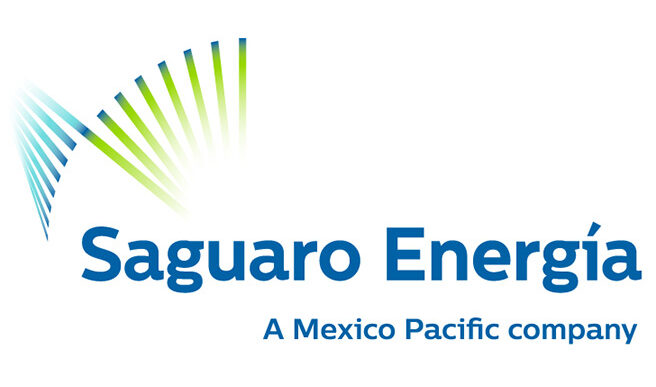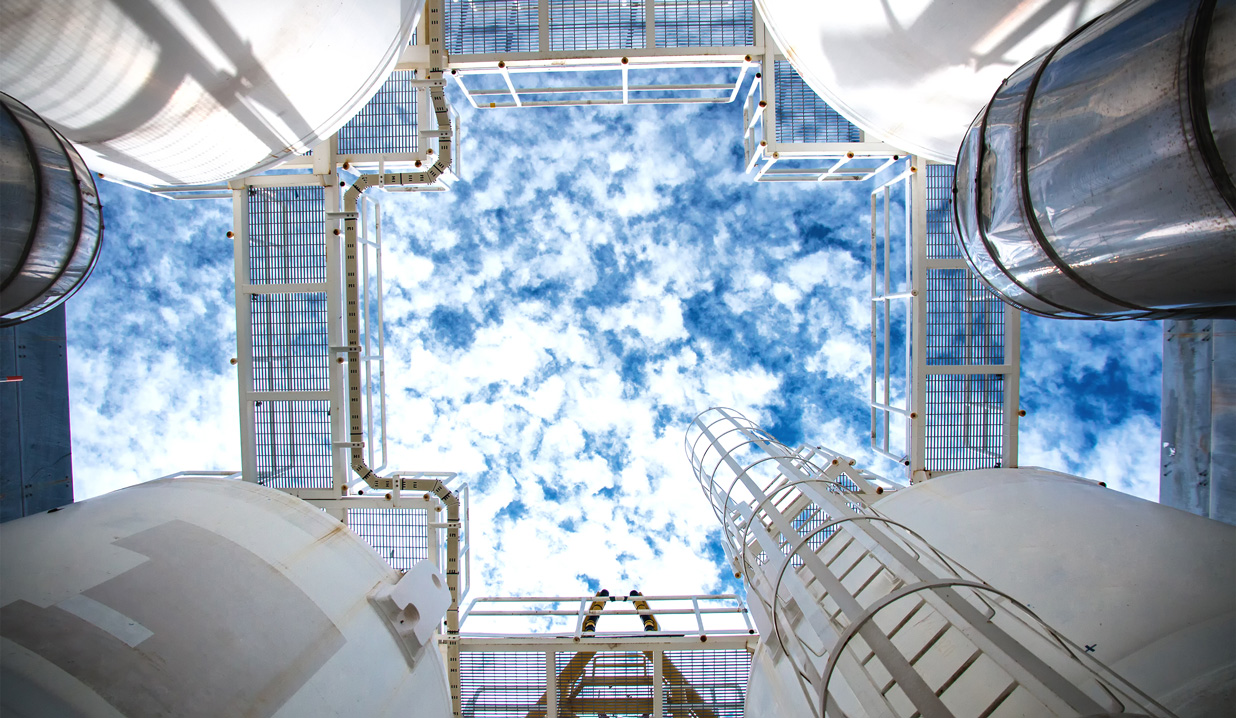
North America's Next Generation of LNG
Mexico Pacific’s anchor project, Saguaro Energía, is a 15 mtpa North American West Coast LNG export facility, located in Puerto Libertad, Sonora, Mexico.
Learn more about our projects
With three liquefaction trains commercially contracted, strong support from governments and capital markets, and key federal, state, and municipal permits in place across the LNG facility and the pipeline, Mexico Pacific is positioning the project for a positive final investment decision (FID).
Project Facts
- Nameplate Capacity: 15 mtpa (3 x 5.0 mtpa / train)
- Liquefaction Technology: ConocoPhillips Optimized Cascade
- Land: 1,500 acres owned by Mexico Pacific
- Infrastructure: 2 x 180,000 m2 tanks; 1 berth
- Gas Supply: 2.8 Bcf/d from the Permian Basin (U.S.)
- Permits: Federal, state, and municipal permits in-hand for construction
- Contracts: Fully contracted with seven investment-grade counterparties to support project financing
- Shipping: Compared to U.S. Gulf Coast (USGC) projects, 11 days shorter shipping distance to Asia (avoiding Panama Canal)
- Growth: Near-term expansion potential for additional LNG trains and future fuels projects

